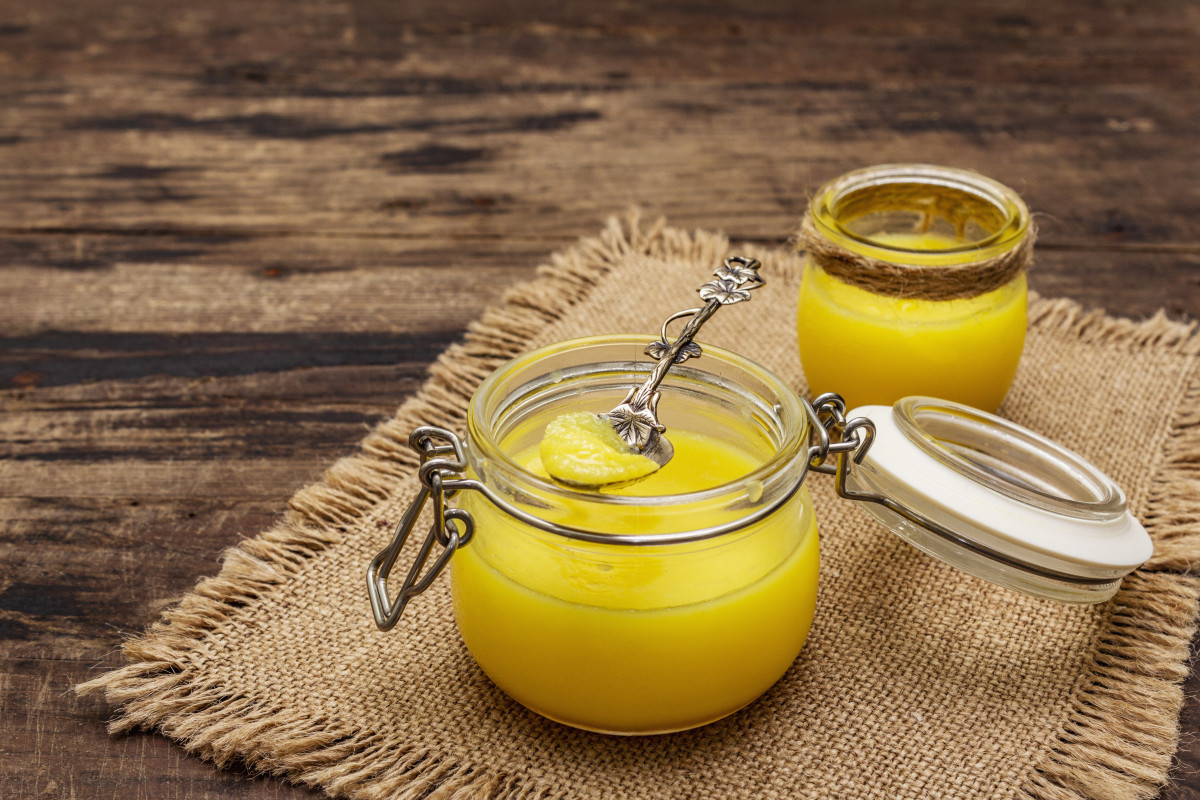
What’s “Oil” The Fuss About?
Traditional fats and oils are finding their place in Indian kitchens again!

For decades, conscious eaters avoided fats or went out of their way to reduce consumption due to the belief that it was the root cause of a majority of lifestyle-related non-communicable diseases.
But in the last five years, this infamous food group has seen slow and steady redemption, thanks to several reports revising their stance. Good (unsaturated) fats are now considered vital for a healthy lifestyle! Chefs and food writers are also helping make fats sexy again – like Samin Nosrat in her wildly popular book-turned-series Salt, Fat, Acid, Heat!
In India, we’ve experienced a newfound interest in exploring and experimenting with our country’s wide variety of traditional fats. Gone are the days of one-fat-fits-all cooking. The Godrej Food Trends Report 2020, launched earlier this year, observes that it is becoming increasingly common to have at least a few different oils and fats in one’s pantry at all times. Refined oils remain a staple, but cold-pressed and filtered oils of flavour-packed oilseeds like mustard, sesame and peanut are must-haves too. In addition, of course, to butter and ghee in non-vegan homes. Hyper-local cooking fats like mahua oil and kokum butter may be found in the kitchens of truly discerning culinary explorers, notes the report, which is created based on insights from over a hundred and fifty thought leaders in the food and beverage industry.
One of the key drivers of this phenomenon is that in the last few years, restaurant chefs and home cooks alike have begun looking deeper inwards at our country’s culinary heritage. Ayurveda and other schools of traditional wisdom are once again informing the way we eat. Seasonality and regional diversity are standing firm on our plates. Restaurant menus reflect cuisines from across the country, and in our home kitchens too, we feel a desire to explore Indian cuisines that differ from our own. And the finer nuances of these regional cuisines can only flourish when regionally specific traditional oils and fats become the chosen cooking mediums. One wouldn’t be able to make a stellar Bengali begun bhaja or Gardhwali jakhia aloo without the use of sharp, bright mustard oil. And a Malayali avial wouldn’t be avial if not finished with a generous drizzle of sweet and nutty coconut oil.
In conversation with Vikhroli Cucina as a part of the Food Trends 2020 mid-year review, Chef Suvir Saran shared that he has a simple system to make sure he uses a variety of oils in his daily cooking. He keeps three oil cruets on his kitchen counter, each of a different colour – “yellow is for refined oil – depending on the month it can be canola, or sunflower, or whichever other oil. Green is for my extra virgin olive oil. And pink is peanut oil for deep frying.” Every now and then he changes these up. Stowed away in his pantry are also bottles of toasted sesame oil, mustard oil, ghee, and even a few that he calls “naughty fats,” like duck fat and bacon fat!
An increasing variety of options turned up on store shelves to cater to this growing interest in desi fats and oils. Not only are there more brands offering traditional fats, but we are also seeing traditional methods of processing too – from kachi ghani oils to small-batch, cultured makkhan and ghee. To take things a step further, we’re even seeing organic, artisanal and gourmet options! Take ghee alone for example, and you’ll find organic ghee, ghee from grass-fed and free-range cattle, A2 cow ghee, even breed-specific variants like Gir cow ghee!
Novel and exotic fats are on the horizon too. Move over extra virgin olive oil, and enter avocado oil, pumpkin seed oil, hemp seed oil, and a variety of nut butters. As the eager culinary explorer delves deeper down this path, they’ll discover the possibilities are endless. It is clear that good oils and fats are back in our kitchens and it looks like they’re here to stay!
Tags
0 Comment
You may also like
-
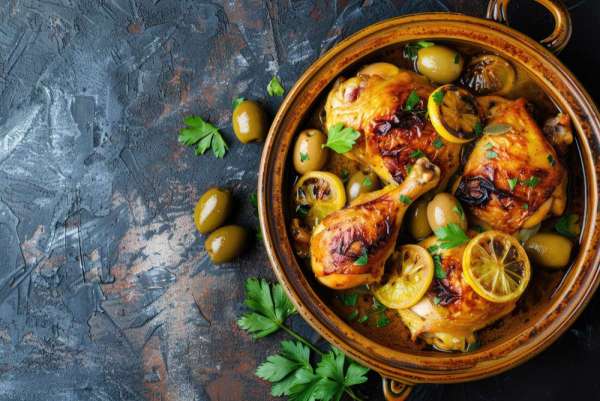
Kitchen stories Best of 2025: the year in search and 3 viral chicken recipes
by Vikhroli Cucina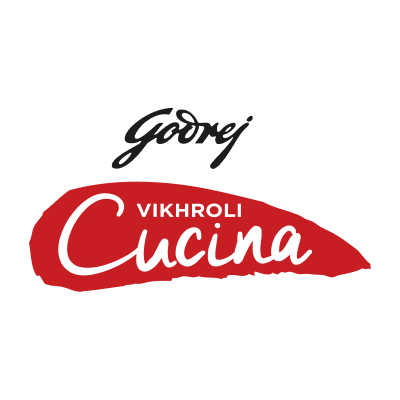
-
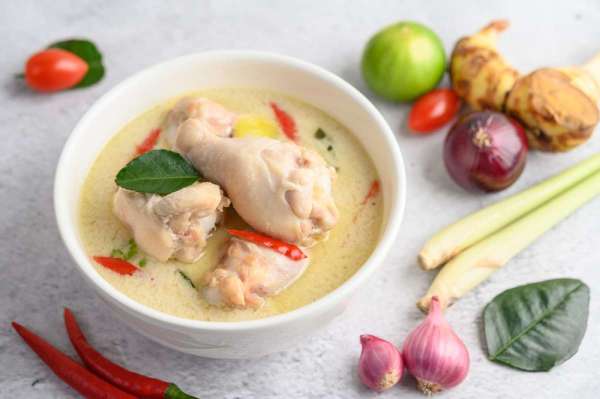
Kitchen stories The weekend chicken curry Christmas special: The Kerala Chicken Stew
by Vikhroli Cucina
-

Kitchen stories Gothic gastronomy: A Halloween menu of edible illusions
by Vikhroli Cucina
-
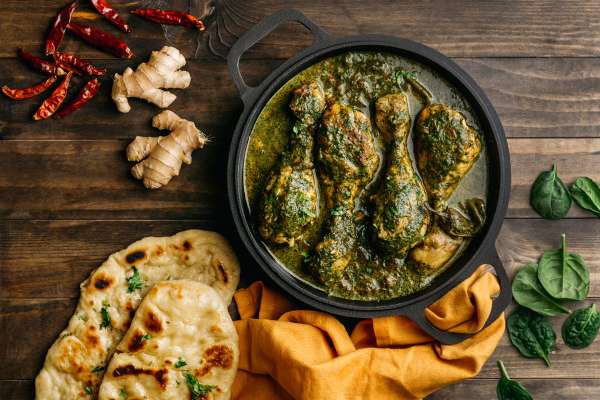
Kitchen stories The weekend chicken curry: Pahari Murg with Godrej Real Good Chicken
by Vikhroli Cucina

